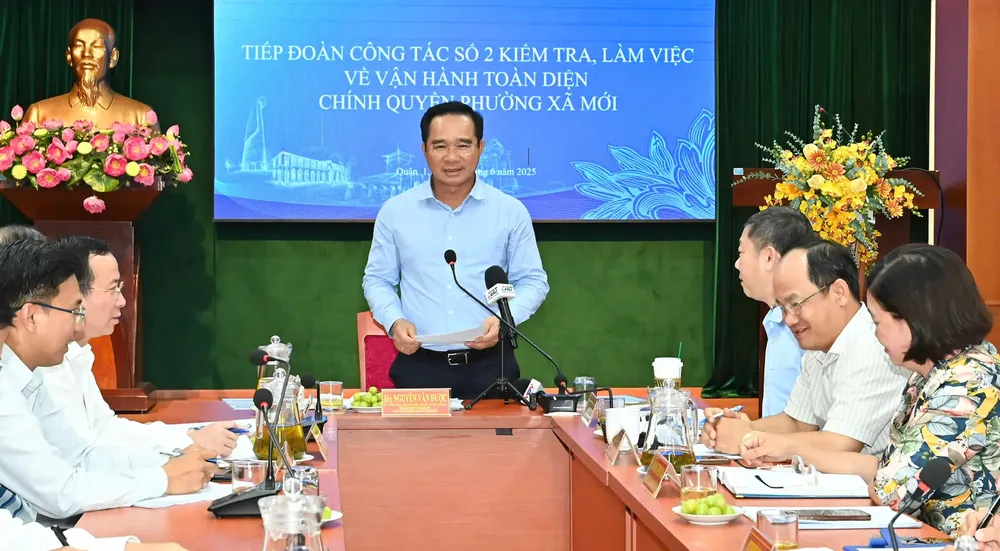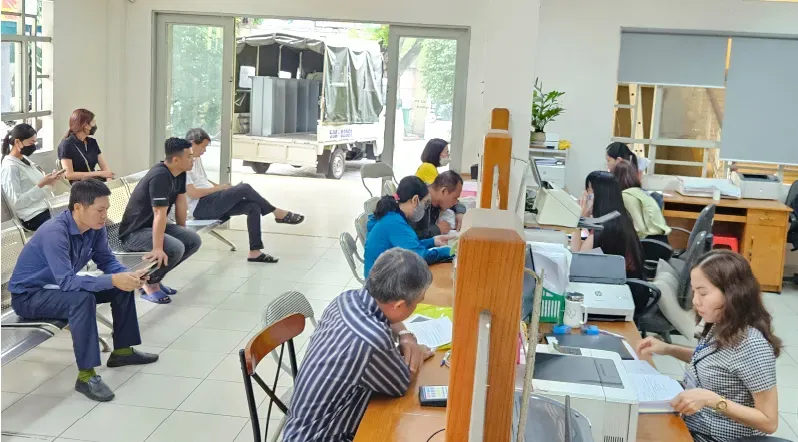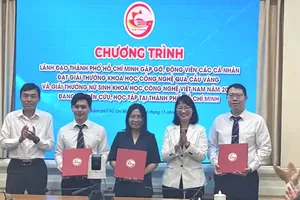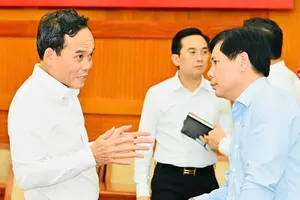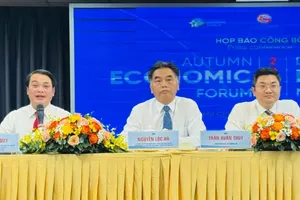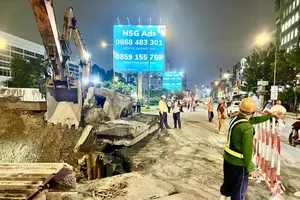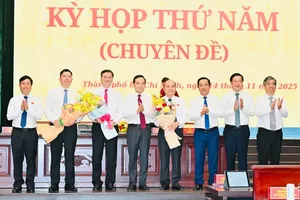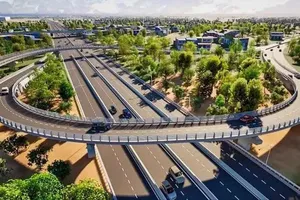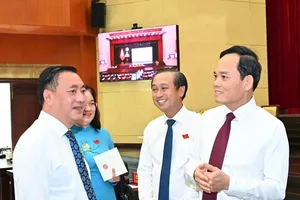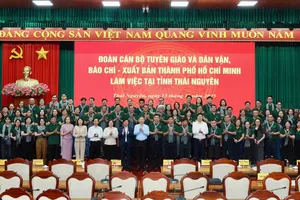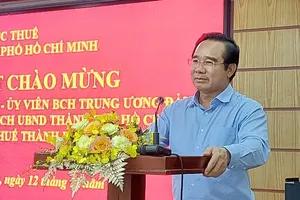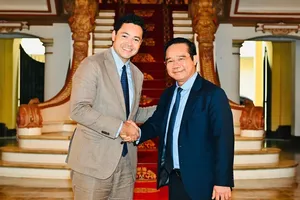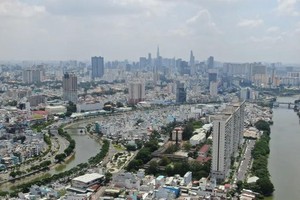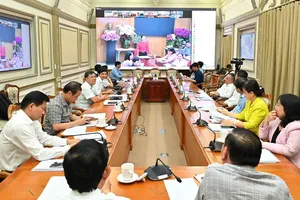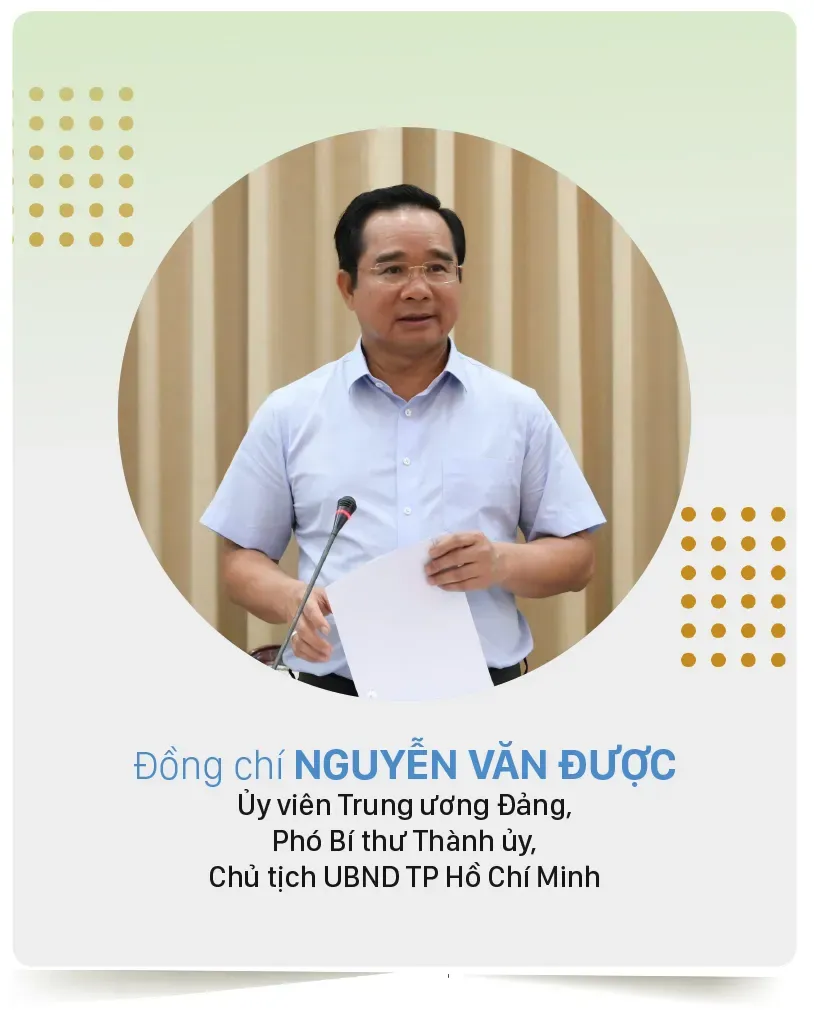
New Ho Chi Minh City will be a financial, service, commercial, logistics, high-tech industrial and large-scale coastal tourism center; with a development orientation based on digital technology, green economy, environmental, social harmony and sustainability; converging and inheriting advanced values of Asia and the world.
The city will be striving to be the most attractive place, converging talents, domestic and international entrepreneurs, a place for the start-up community, creativity, incubating new trends and advanced models. New HCMC is not only the leading economic locomotive of the country but must also be a modern city with influence in the network of global cities.
Historical value formation and development
In 1698, Marquis Nguyen Huu Canh was dispatched to the South, signifying the establishment of Gia Dinh Palace (the predecessor of Saigon). At that time, this area was primarily a thick forest and swamp, yet it boasted a favorable geographical position, featuring a network of canals and fertile soil. Under the Nguyen Lords, Saigon was gradually developed and emerged as a vital trading hub in the Southern region.
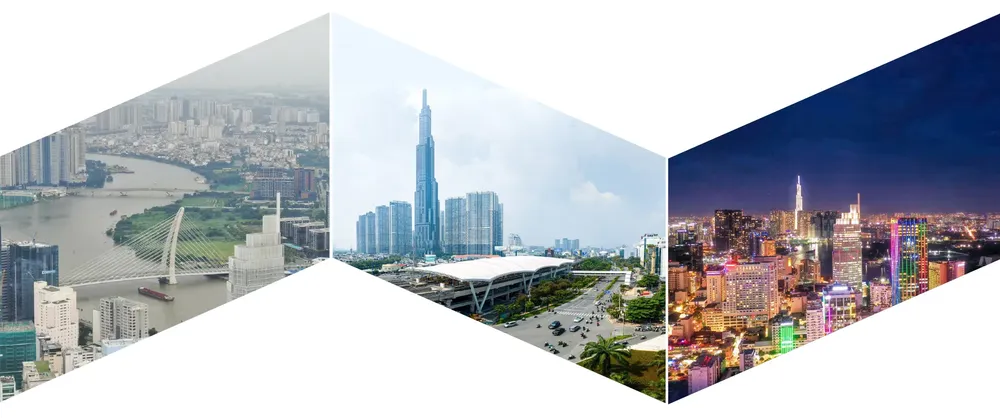
The city experienced rapid growth, evolving into a modern metropolis adorned with numerous Western-style architectural structures. Following the unification of the country in 1975, in honor of the beloved President Ho Chi Minh's contributions, Saigon was renamed Ho Chi Minh City on July 2, 1976.
During the Doi Moi (Reform) era, the southern metropolis took the lead in innovative initiatives; it became an economic engine; the origin of many significant economic policies and strategies for the nation. Moreover, it is the area that suffered the most severe impacts and pain from the Covid-19 pandemic, yet it remains resilient and strong, overcoming challenges and continuing to contribute significantly to the national budget.
During the 2021-2025 period, despite facing numerous challenges and opportunities, the city has leveraged its tradition of solidarity, built upon stable development achievements from previous terms, and benefited from the resolute leadership of the City Party Committee's Standing Committee. With strong support from the business community and citizens, the city has achieved comprehensive progress across all sectors, reinforcing its role as a key growth driver for the nation.
In regard to economic achievements, by 2025, the city's Gross Regional Domestic Product is estimated to be 1.5 times higher than in 2020 while Gross Regional Domestic Product per capita reached US$8,400, 1.7 times the national average.
State budget revenue totaled nearly VND2.4 trillion over the period, a 30 percent increase compared to 2016-2020, with an average annual revenue growth rate of 7 percent. This contributed 26 percent to the national budget annually.
Meanwhile, digital economy accounted for 25 percent of Gross Regional Domestic Product, reflecting robust growth.
Service industries advanced toward modernization, with enhanced quality in trade and services while the city pay attention to industry sectors with high science and technology content, fostering innovation-driven growth and rapidly developed urban ecological models, incorporating high-tech applications.
About investment attraction, the city government focused on selecting large-scale, reputable investors with strong potential. Approximately 225,000 new enterprises were established, representing 30 percent of the national total and an 8.3 percent increase compared to the previous period.
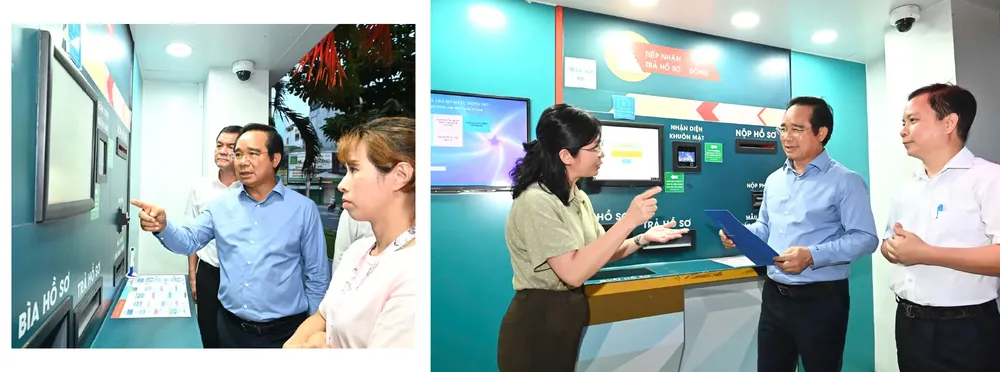
Significant progress was made in key areas including institutional reforms, infrastructure development, digital transformation, science and technology advancement and human resource development.
These efforts have solidified the city's position as a dynamic and forward-looking economic hub, poised for continued growth and innovation.
Transport and urban infrastructure is being developed and invested in a multi-centered, regionally interconnected, and climate change-adaptive manner. The startup and innovation ecosystem is nearing the top 100 most dynamic cities globally. Activities in areas such as culture, society, education, healthcare, community care, and social security are being pursued in tandem with economic growth. National defense and security are upheld; efforts in party building and rectification are being intensified, which is a crucial and central task to ensure the city's stability and development.
Building on the achievements from 2021-2025, the first half of 2025 has already shown significant progress in socio-economic development. The economic growth rate is projected to rise by over 8 percent —the highest increase for the same period since 2020.
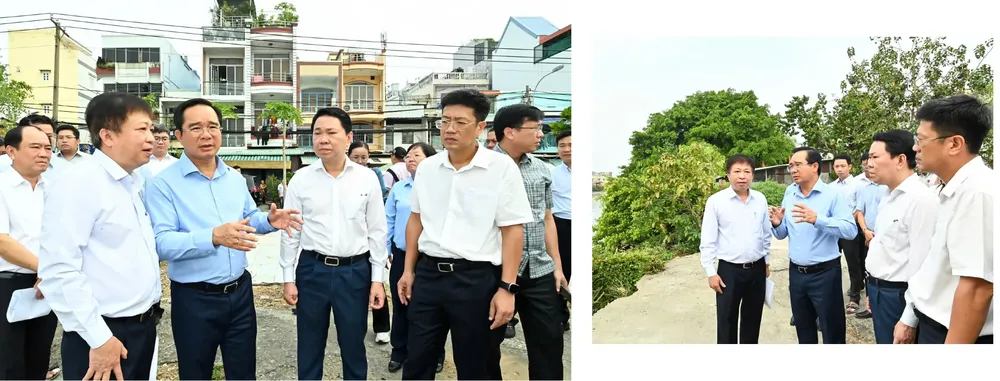
Total retail sales of goods have surged by 17.3 percent ; exports are expected to grow by 13.3 percent ; total social investment capital is anticipated to rise by 16.2 percent compared to the same period; foreign direct investment (FDI) attraction has reached nearly US$3 billion (2.69 times higher than the same period in 2024). Reforms in administrative procedures, enhancements to the investment environment, and the elimination of economic.
The implementation of the Resolution No. 57-NQ/TW has yielded significant achievements. The city ranks among the top 5 innovative startup ecosystems in Southeast Asia (per StartupBlink's ranking) and has initiated collaborations and projects with major domestic and international tech investors, including Viettel, NVIDIA, ADM, and Evolution. Notably, the total factor productivity (TFP) contribution to Gross Regional Domestic Product has steadily risen, boosting FDI attraction in professional, scientific, and technological activities, with a total capital of US$1.2 billion in the second quarter of 2025.
The city has coordinated with Binh Duong and Ba Ria - Vung Tau provinces to connect digital infrastructure for 168 wards, communes and special zones as well as completed the deployment of shared information systems and digital platforms, ensuring official operation of digital platforms for the two-tier local government from July 1, 2025.
A transformative leap in development
On June 12, 2025, the National Assembly of the Socialist Republic of Vietnam signed and issued Resolution No. 202/2025/QH15 on the reorganization of provincial-level administrative units. As part of this resolution, the new Ho Chi Minh City was established through the merger of three localities including Ho Chi Minh City, Ba Ria - Vung Tau, and Binh Duong. The new city covers a total natural area of 6,772.59 square kilometers and has a population of 14,002,598 people, becoming the core zone of the Southern Key Economic Region.

This can be considered a strategic decision by the Party and State—marking a new chapter in the revolutionary effort to streamline the administrative apparatus. This policy is not merely a geographical aggregation, but a synergistic move to create new momentum and development potential at a higher level and caliber, with a vision of becoming one of the world’s top 100 most livable cities by 2030 and further ambitions by 2045.
For the 2025–2030 term, the entire City Party Committee will concentrate on implementing five strategic and high-priority tasks including implementation of the two-tier local government structure. The others include driving the implementation of the four key strategic resolutions to achieve maximum impact.
The four resolutions comprise of Resolution No. 57-NQ/TW issued on December 22, 2024 of the Politburo on breakthroughs in science and technology, innovation, and national digital transformation; Resolution No. 59-NQ/TW issued on January 24, 2025 on international integration in the new context; Resolution No. 66-NQ/TW on reforming law-making and enforcement to meet national development demands in the new era; and Resolution No. 68-NQ/TW issued on May 4, 2025 on the development of the private economy.
The city will conduct an urgent review, adjusting, and formulating a comprehensive new urban development plan; pursue the “1 Center – 4 Highs – 1 Focus” stratege. Of these, "1 Center" is establishing an International Financial Center in Ho Chi Minh City.
"Four Highs" are a multi-functional high-tech hub focusing on innovation, AI, GIS and semiconductor chips; a high-tech industrial park; high-quality education; and high-standard healthcare.
"1 Focus" is to prioritize investment in transportation and digital infrastructure to ensure synchronization and modernization, in alignment with Resolution No. 57-NQ/TW.
The new city will continue making efforts to enhance governance and investment climate by strengthening administrative reform, improve the investment environment, and elevate the city’s profile as a preferred investment destination.

Ho Chi Minh City has identified the goal of forming 6 strategic focuses with the following key projects and works:
1- Forming a world-class sea tourism area (Ho Tram - Binh Chau - Long Hai - Vung Tau City); developing diverse and attractive forms of entertainment such as golf, sea games, tourist ports, casinos, and eco-resorts.
2- Forming a free trade zone associated with the Cai Mep - Can Gio transit port cluster.
3- Developing the Can Gio ecological - tourism - resort urban area associated with the Can Gio World Biosphere Reserve.
4- Building an international financial center and a multi-purpose high-tech center.
5- Developing the core urban area of Ho Chi Minh City.
6- Forming the Binh Duong industrial - urban center.
